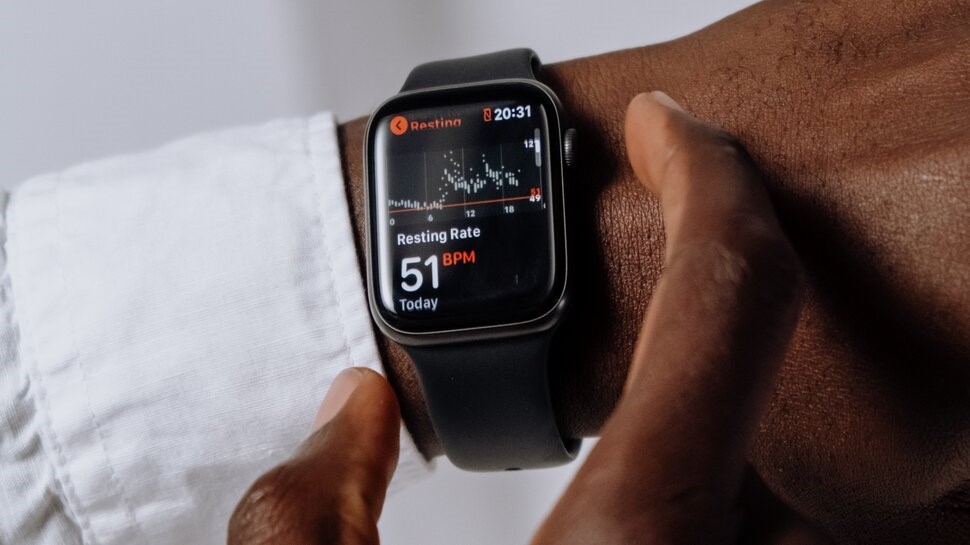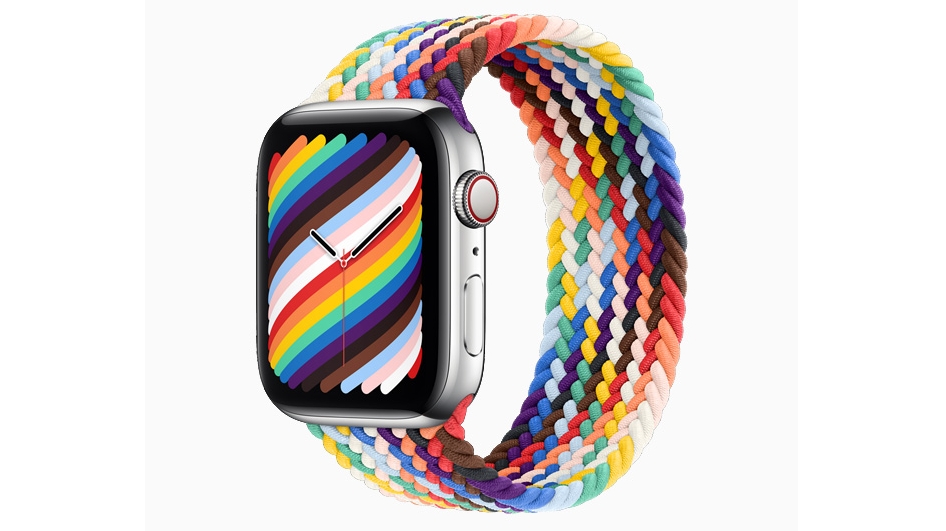How to Use Your Apple watch as a Medical Alert System
The best way to make the most of the medical alert device feature on your Apple Watch.

Thanks to excellent fall detection, the Apple watch is an ideal medical alert device. While it wasn't designed to be a medical alert system, and can't compete with the likes of Medical Guardian or Great Call as an all-round medical alert system, it still should be credited with creating a mainstream wearable medical device option.
Apple's fall alert system is activated by motion sensors in its smartwatch which quickly connect you to emergency services if you have a sharp slip and become immobile.
Being a smartwatch, Apple’s medical alert system is naturally mobile. Historically, medical alert systems for seniors with fall detection were domestic-only devices. They provided indoor protection, but didn’t work outside the home.
With the arrival of more modern medical alert devices and dynamic wearable tech, protection is now conveniently available anywhere, straight from your wrist.
When the smartwatch detects a loss of balance followed by a significant drop, Apple advises that it “taps you on the wrist, sounds an alarm, and displays an alert.” You can then dismiss this alert and tell the Health App you’re ok, or contact emergency services.
In this article, we’ll explain how to set up and use your Apple Watch as a wearable medical alert device.
How to set up fall alerts on your Apple watch
Fall detection watches for senior citizens and those who require mobile medical attention have steadily grown in popularity since Apple released its first smartwatch in April 2015.
Sign up to the TechRadar Pro newsletter to get all the top news, opinion, features and guidance your business needs to succeed!
Medical alert smartwatches can assist you in calling an Uber or Lyft if you fall, set calendar reminders for medicine, show weather forecasts, translate emergency information if you're abroad, after all. Plus, with reliable GPS in-built, sharing your location with friends and family only takes a tap.
To set up fall detection on an Apple Watch, you first need to tell it to detect slips. To do this:
1. Open the Apple Watch app.
2. Select the My Watch tab, then click Emergency SOS.
3. From here, you can toggle Fall Detection to on or off.
Any falls you have will now be recorded in the Health App. To trigger a medical alert to your emergency contacts, you’ll also need to set up a Medical ID.
Did you know that if you don’t respond to the app’s emergency nudge following a fall, after a minute your Apple watch will call the emergency services? EMTs can then easily locate you thanks to GPS.
Fall Alert will also send a message to the emergency contacts you’ve named in your Medical ID. If you’re 55 or over, fall detection is automated via the Health app.

How to set up Apple medical ID on Apple watch
1. Firstly, open your Health app.
2. Tap your profile picture, the select Medical ID.
3. Click Edit.
Here, you can add information that’s useful to emergency services in the event of a fall, including any medical conditions you have, known allergies or medications you take.
Next, let’s populate your emergency medical contacts:
1. Tap the green add button under Emergency Contacts.
2. Choose the name of your emergency contact.
3. Add your relationship, then click Done.
To remove an emergency contact, simply select remove and then press delete.
How to display Apple watch medical ID to emergency services
To enable first responders to see your medical information, you’ll need to make sure Show When Locked is always on.
1. Open the Apple Watch app on your iPhone.
2. Tap My Watch > My Health > Medical ID.
3. Select Edit and then choose Show When Locked.

Looking for an alternative medical alert device to the Apple watch? Choose from our pick of the best medical alert systems with GPS tracking, or the best overall medical alert systems and services for every budget.
If you like this article, you may be interested in a round-up of the top smartwatches you can buy today.
What are the medical features included in an Apple watch?
| Medical Alert Features | Apple watch 6 Series | Apple watch SE Series | Apple watch 3 Series |
|---|---|---|---|
| SOS Calling | Yes | Yes | Yes |
| Fall Alert | Yes | Yes | Row 1 - Cell 3 |
| Heart Monitor | Yes | Yes | Yes |
| Heart ECG | Yes | Row 3 - Cell 2 | Row 3 - Cell 3 |
| Blood oxygen measurements | Yes | Row 4 - Cell 2 | Row 4 - Cell 3 |
| Hearing alert | Yes | Yes | Row 5 - Cell 3 |
Heart Monitor
The Apple heart monitor will give you an alert if it detects an irregular heartbeat or worryingly high or low heart rate.
Heart ECG App
This app records your heartbeat and its rhythm. A graph will show you if the rhythm of the upper and lower chambers of your heart are normal. If they aren’t this could be a sign that you have atrial fibrillation, (AFib).
To set up the ECG app on your phone:
1. On your iPhone open the Health app > Browse > Heart.
2. Tap Electrocardiograms to get to the ECG app.
Blood Oxygen Measurements
Blood oxygen levels tell you how much oxygen is reaching your lungs. By taking readings over time you can find out if you're getting enough outdoor time or need to be more active to improve blood circulation.
Hearing alert

When decibels reach a level that could damage your hearing, the Apple watch will send you an alert. This works using the Apple Noise app, which uses the watch's microphone to detect all sounds in your surrounding environment.
According to Apple, this feature "doesn’t record or save any sounds to measure these levels" so privacy is of no concern.
Final thoughts
Once the Apple medical alert is set up, it’s a great way to discreetly monitor your health or that wellbeing of anyone you care for. Easily share location, communicate medical emergencies instantly or automate health reminders.
You get medical protection from other medical alert watches of course. But what you don’t get, are the other great features included in an Apple watch.
Freelance Healthcare Copywriter at Bluebean Copywriting
